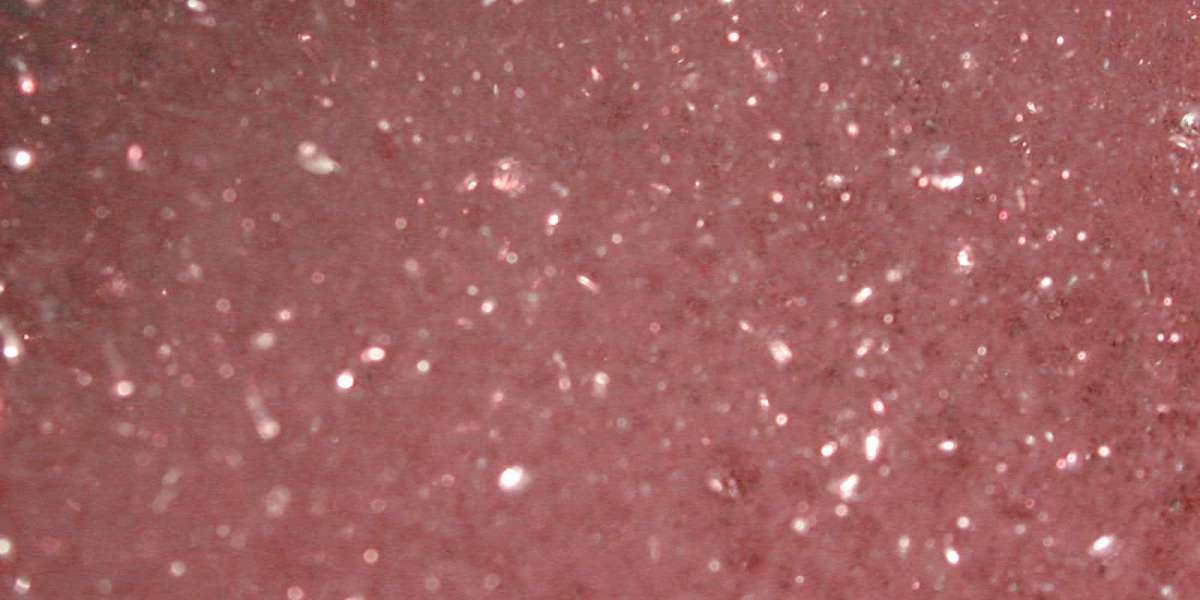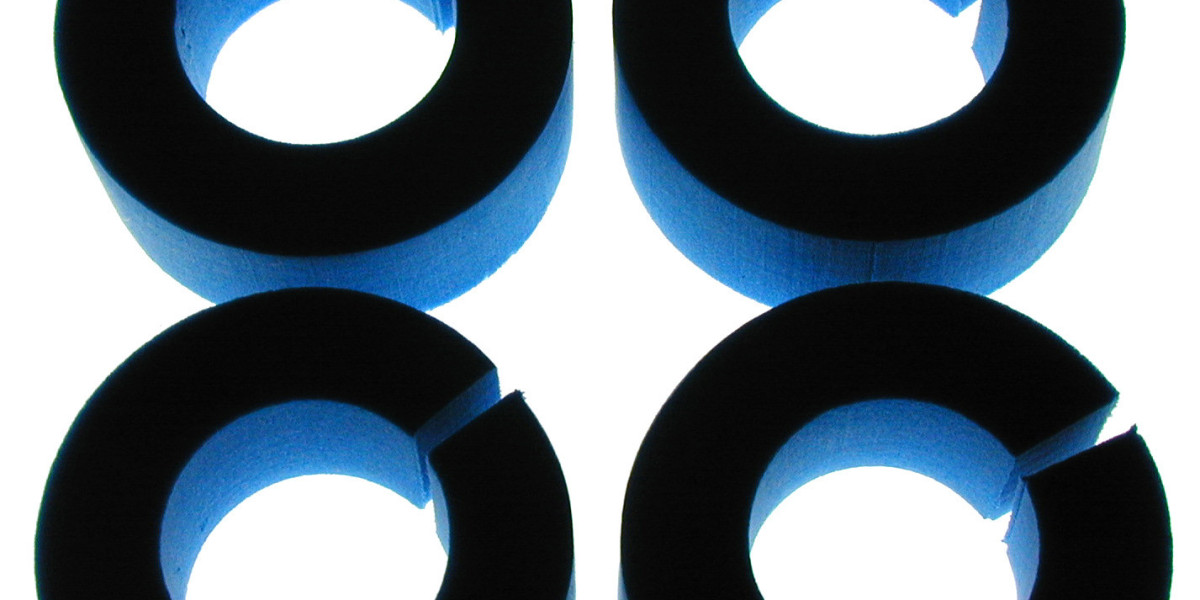Anabolic Steroids: What They Are, Uses, Side Effects & Risks
1 – Introduction
In March 2024 the Department of Health released its first‑ever National Public‑Health Briefing on Opioid Use Disorder (OUD).
The briefing is meant for every member of our community—whether you are a patient, caregiver, walo.vip teacher, employer or simply a neighbor who wants to help. It explains why OUD matters, how it can be prevented and treated, and what tools are available in Canada today.
---
2 – What Is Opioid Use Disorder?
OUD is a chronic medical condition that involves the compulsive use of opioid drugs (prescription painkillers, heroin or synthetic opioids) despite harmful consequences.
Key facts:
| Statistic | Detail |
|---|---|
| Prevalence | About 2 % of Canadians report problematic opioid use (Statistics Canada, 2021). |
| Age group most affected | 25‑54 years old – 70 % of people with OUD are in this age range. |
| Gender | Men account for ~60 % of opioid-related deaths, but women have higher rates of opioid prescribing. |
| Geographic hotspots | Rural and remote regions (e.g., Northern Ontario, Yukon) see the highest overdose death rates. |
---
3. What is a "Prescription Opioid"?
A prescription opioid is a medication that contains an opioid agonist or partial agonist and is prescribed by a licensed health professional for pain management, cough suppression, or other therapeutic purposes.
| Drug | Common Brand | Typical Indication | Typical Dose |
|---|---|---|---|
| Morphine | MS Contin, Kadian | Severe acute/chronic pain | 30–60 mg orally q6h PRN |
| Oxycodone | OxyContin, Percocet | Moderate to severe pain | 10–20 mg oral q8-12h |
| Hydrocodone | Vicodin, Norco | Moderate pain | 5–10 mg oral q4-6h |
| Codeine | Tylenol #3 | Mild-moderate pain; cough suppression | 15–30 mg oral q4-6h |
| Fentanyl (patch) | Duragesic | Severe chronic pain | 25–75 mcg/h transdermal |
> Key points
> • Potency hierarchy: fentanyl ≫ morphine ≈ oxycodone ≈ hydrocodone ≈ codeine.
> • Equianalgesic tables (e.g., WHO, CDC) are used to convert between agents; always account for incomplete cross‑tolerance when switching drugs.
---
2. Practical "How‑to" for an Opioid‑Naïve Patient
| Step | Action | Rationale |
|---|---|---|
| 1. Baseline assessment | Record pain intensity (0–10 VAS), location, functional impact; document comorbidities and medications. | Establishes a reference point and identifies contraindications. |
| 2. Initiate first‑line therapy | If pain is mild/moderate (<5/10) or nociceptive, start acetaminophen 500 mg q6h PRN (max 4 g/day). If analgesic need persists, add NSAID if no contraindication. | Non‑opioid options are first choice; lower risk of adverse effects. |
| 3. Escalate to low‑dose opioid | For moderate/severe pain (>5/10) or when non‑opioids insufficient: oxycodone 5 mg PO q4–6h PRN (max 40 mg/day). Begin with the lowest dose and titrate upward by 5 mg increments over days as needed. | Oxycodone has high potency; start low to minimize respiratory depression risk. |
| 4. Monitor for side effects | Daily assessment of pain score, sedation level, respiratory rate (≥12/min), bowel function. If constipation occurs: lactulose 15 mL PO daily + increase fluid intake. | |
| 5. Escalation protocol | If pain remains >4/10 despite 3–5 days of oxycodone at maximum tolerated dose and side effects are manageable, consider adding a short‑acting opioid (e.g., hydromorphone 1 mg IV q6h PRN). | |
| 6. De-escalation plan | When pain improves to ≤2/10 for ≥48 h, taper oxycodone by 25% every 3–5 days while monitoring withdrawal symptoms. |
---
4️⃣ Alternative Pain‑Management Strategies
| Strategy | How It Helps | Practical Tips |
|---|---|---|
| Non‑opioid analgesics (NSAIDs, acetaminophen) | Reduce inflammation and provide baseline pain relief. | Use NSAID with caution if renal function or GI risk is high; limit acetaminophen to <4 g/day. |
| Topical agents (lidocaine patches, diclofenac gel) | Provide localized analgesia with minimal systemic effects. | Apply patch on affected area 24 h before activity; check for skin irritation. |
| Cold therapy (ice packs, cold compresses) | Diminish inflammation and numb pain. | Use 15–20 min per session, avoid direct contact with skin to prevent frostbite. |
| Compression sleeves or elastic bandaging | Support microcirculation and reduce swelling. | Wear during activity; ensure not too tight to impair blood flow. |
| Low-level laser therapy (LLLT) | Stimulates tissue repair and reduces pain. | Typically administered by trained professionals; schedule weekly sessions if needed. |
> ⚠️ Safety Note
> • Always monitor for signs of excessive swelling, discoloration, or numbness that may indicate impaired circulation.
> • Avoid over‑compression or prolonged use of tight garments.
> • Use compression or cooling only after the initial acute phase (first 24–48 h) unless advised otherwise by a healthcare professional.
---
Quick Reference Table: Post‑Activity Management
| Time After Activity | Recommended Action |
|---|---|
| < 30 min | Light stretching; stay hydrated. |
| 30 min – 2 hrs | Rest; apply gentle compression if needed. |
| 2–6 hrs | Ice (10–15 min) + light rest; avoid heat. |
| 6–24 hrs | Continue icing as needed; monitor for swelling or pain. |
| > 24 hrs | Transition to warm showers or gentle massage if no inflammation remains. |
---
Bottom line:
- Ice first (within the first 48 hours) to reduce inflammation and pain.
- After that, you can use warm showers or gentle massage once any swelling has subsided, but avoid heat on an inflamed, tender muscle.







